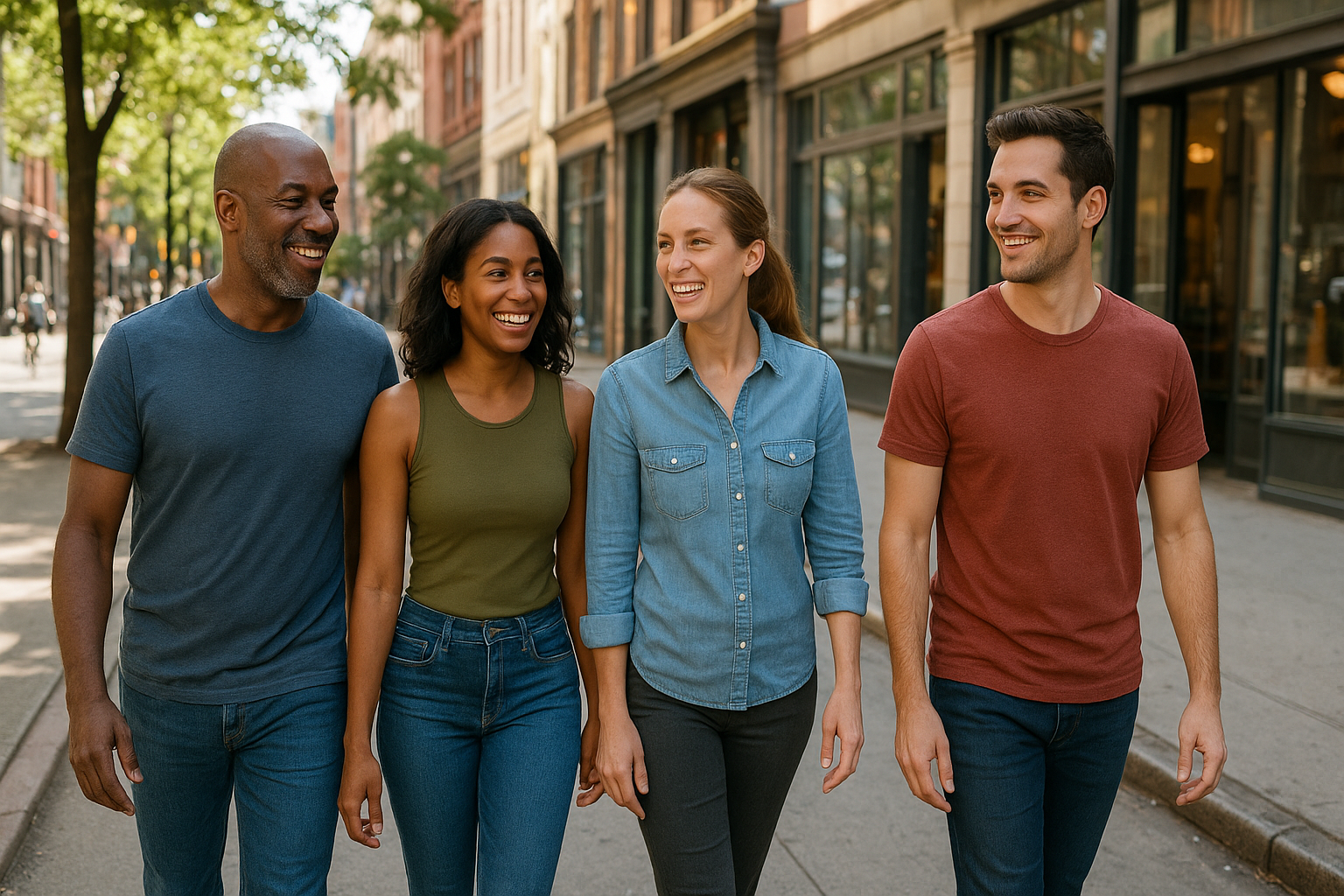Step Up Your Health: 7 Ways a Walkable City Boosts Your Well-Being

Walkable cities help you step into better health
Ever feel like you're getting nowhere fast, even on a busy day? It turns out your surroundings might be the key. A groundbreaking study reveals that simply relocating to a more walkable city can add an eye-opening 1,100 extra steps per day, roughly 11 more minutes of walking, and nearly double your chances of meeting your exercise goals. Let’s dive into how where you live can shape your daily activity, health, and overall zest for life.
1. Walkability Makes Active Living Almost Effortless
A study tracking thousands of residents moving across more than a thousand cities found that those who relocated from less walkable areas to highly walkable ones added an average of 1,100 daily steps just by living somewhere more pedestrian-friendly. That is about an extra hour of moderate activity every week without making any other lifestyle changes.
Real-life example: People moving to highly walkable cities like New York saw their daily steps jump from about 5,600 to 7,000 simply because the environment encouraged it.
2. More Steps Mean Better Health Outcomes
Extra steps are not just numbers on a fitness tracker. Even modest increases can lead to major benefits. Walking at least 4,000 steps a day is linked to a significantly lower risk of early death compared to only walking 2,000. Walkable neighborhoods are also associated with lower rates of heart disease and healthier weight levels.
3. Built Environments Shape Your Habits Without You Realizing It
The research shows that higher walkability directly increases daily walking. It is not just that more active people choose walkable neighborhoods — the neighborhood itself makes people more active. Good urban design, like connected streets and nearby destinations, subtly encourages daily movement while reducing reliance on cars.
4. Your City Design Affects Mental and Social Health Too
Walkable areas are often rich in parks, shops, and community spaces. Being able to walk to destinations reduces stress, creates opportunities for casual social interactions, and helps prevent feelings of isolation. In this way, walkability supports not just physical well-being but also mental and emotional health.
5. Ideas for Walking More Anywhere, Anytime
Even if you are not planning a move, you can still add more walking to your day:
- Walk to nearby shops or use public transit that requires short walks.
- Take short walking breaks at work or school.
- Use a step tracker to stay motivated.
- Join a friendly step challenge with friends or coworkers.
- Choose scenic or tree-lined routes to make walks more enjoyable.
6. Urban Design is a Public Health Tool
Improving walkability is more than just a design choice. It is also a way to improve public health. Cities with better sidewalks, safe crossings, and mixed-use developments encourage more residents to meet physical activity guidelines. This benefits not just individuals but the entire community.
7. Start Now and Walk Where You Are
You do not need to live in a big city to benefit from more walking. Here are some easy ways to increase your steps starting today:
- Take the stairs instead of the elevator.
- Park farther from entrances when running errands.
- Walk a short lap during breaks at work.
- Get off public transit one stop early and walk the rest of the way.
- Explore your neighborhood on foot and find new local spots.
Conclusion: Every Step Counts
Your city is more than just a place to live. It shapes your movement, your health, and even your mood. Walking more does not require extreme effort — just consistent small choices. Whether you are considering a move to a walkable area or simply finding new ways to explore where you live, each step brings you closer to better health.
Reflection: Think about one change you could make today to walk more. Maybe it is visiting a nearby park, strolling after dinner, or walking to a local shop. The path to better health begins with a single step.
Popular Products
-
 Classic Oversized Teddy Bear
Classic Oversized Teddy Bear$23.78 -
 Gem's Ballet Natural Garnet Gemstone ...
Gem's Ballet Natural Garnet Gemstone ...$171.56$85.78 -
 Butt Lifting Body Shaper Shorts
Butt Lifting Body Shaper Shorts$95.56$47.78 -
 Slimming Waist Trainer & Thigh Trimmer
Slimming Waist Trainer & Thigh Trimmer$67.56$33.78 -
 Realistic Fake Poop Prank Toys
Realistic Fake Poop Prank Toys$99.56$49.78